Caravan touring: Forget France — Devon's Delightful!
Touring Caravans Ultimate Guide
With palm trees, turquoise seas, beautiful bays and dramatic geology, it's no wonder the English Riviera appeals to so many Brits, especially as there's no need to pack your passport!
Words by Catherine Sheridan Pictures by James Hodgson
Telling friends about plans to go to Torbay, we were not the only ones whose first thoughts were of Fawlty Towers (the famous BBC sitcom set in Torquay).
Rather than reputation, it was the hope of warmer temperatures that lured us there for an early spring trip. A curved and sheltered bay on the south coast of Devon, Torbay is renowned for its sunshine.
Once there, we discovered it had a beautiful natural setting and fascinating history, too. March was an ideal time to go as campsites and attractions were opening, while the summer crowds hadn’t yet arrived.
Touring in Torbay
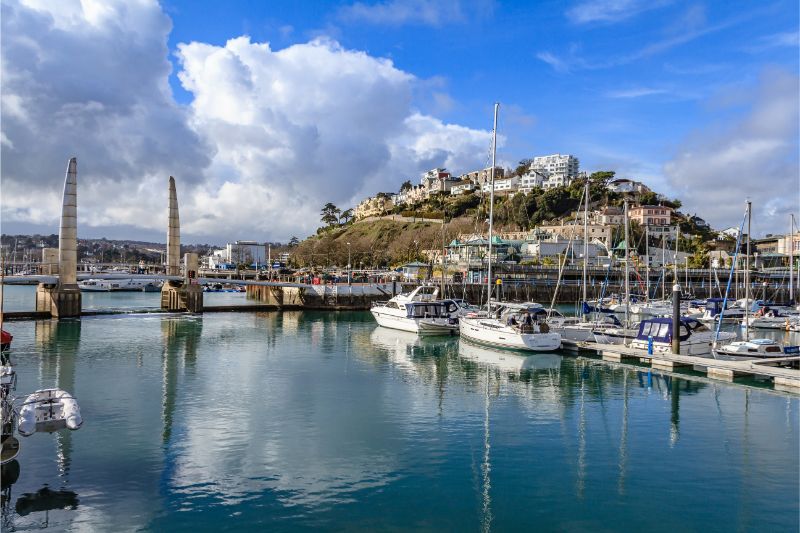 The Victorian resort of Torquay was our first stop, and we parked our ’van by the historic village of Cockington on the town’s wooded outskirts. Dating back to a Saxon manor house, Cockington has managed to remain relatively isolated from the busy town which just over the last two centuries has grown up on its coast.
The Victorian resort of Torquay was our first stop, and we parked our ’van by the historic village of Cockington on the town’s wooded outskirts. Dating back to a Saxon manor house, Cockington has managed to remain relatively isolated from the busy town which just over the last two centuries has grown up on its coast.
A streamside footpath led us a mile or so to the seafront, where more of the old heart of Torquay remains at Torre Abbey.
Meaning hill or craggy peak, Torre had been a small Saxon settlement when the abbey was founded in 1196, along with its own fishing quay. The abbey still stands as a country house turned art gallery and the next-door tithe barn is complete, going down in history for its role during the 1588 Spanish Armada when the entire crew of a captured ship was imprisoned there.
The promenade follows the curve of the bay towards the harbour, busy with people jogging and admiring the view. Bright sunshine sparkled off the sea. The steep and rocky hills topped with pines and an impressive mix of palm trees made a wonderful change after winter.
Torquay as a resort had come about by design when, in the 1790s, two local landowners saw an opportunity in the emerging fashion of bathing for health. They were quick to build a row of holiday cottages beside Torre Sands and enthusiastically carried out continental Grand Tours to collect ideas including Italianate villas with decorative towers, surrounding them with exotic pines and bay trees.
They aimed the new resort at wealthy visitors and soon drew in major royalty from across Europe and many literary celebrities.
By 1886 Torquay was the wealthiest town in England in proportion to its population size, maintaining its celebrity and glamour up until WWII.
Heading along the coastal path
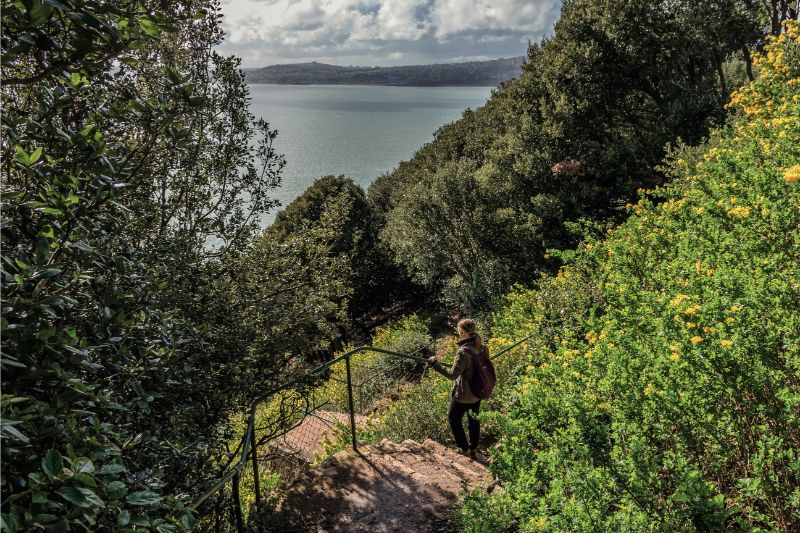 We were following the South West Coast Path which, after the promenade, rises up behind the harbour. These narrow back streets once housed the Victorian resort’s labourers, who had lived poor and crowded lives, deprived of even washing facilities and often affordable bread by the incumbent wealthy council.
We were following the South West Coast Path which, after the promenade, rises up behind the harbour. These narrow back streets once housed the Victorian resort’s labourers, who had lived poor and crowded lives, deprived of even washing facilities and often affordable bread by the incumbent wealthy council.
We continued around the next headland, where villas and hotels stood among the trees on sun-facing cliffs that look out over the sea. Terraced gardens were green and hazy with Mediterranean oaks and yellow flowers scented the warm, earthy air — making it easy to forget it was still so early in the year.
We enjoyed a coffee on sunny Meadfoot Beach, listening to the waves rising onto the sand, before heading back through a sleepy neighbourhood to the seafront. We then continued to Widdicombe Farm campsite just out of town.
The next day we returned to Torquay, this time taking the number 22 bus along the seafront and the genteel neighbourhood of Wellswood. This is one of several hilltops that make up Torquay, separated by geological fault lines that split the bedrock into deep valleys and revealing strikingly varied colours.
Ancient Torbay
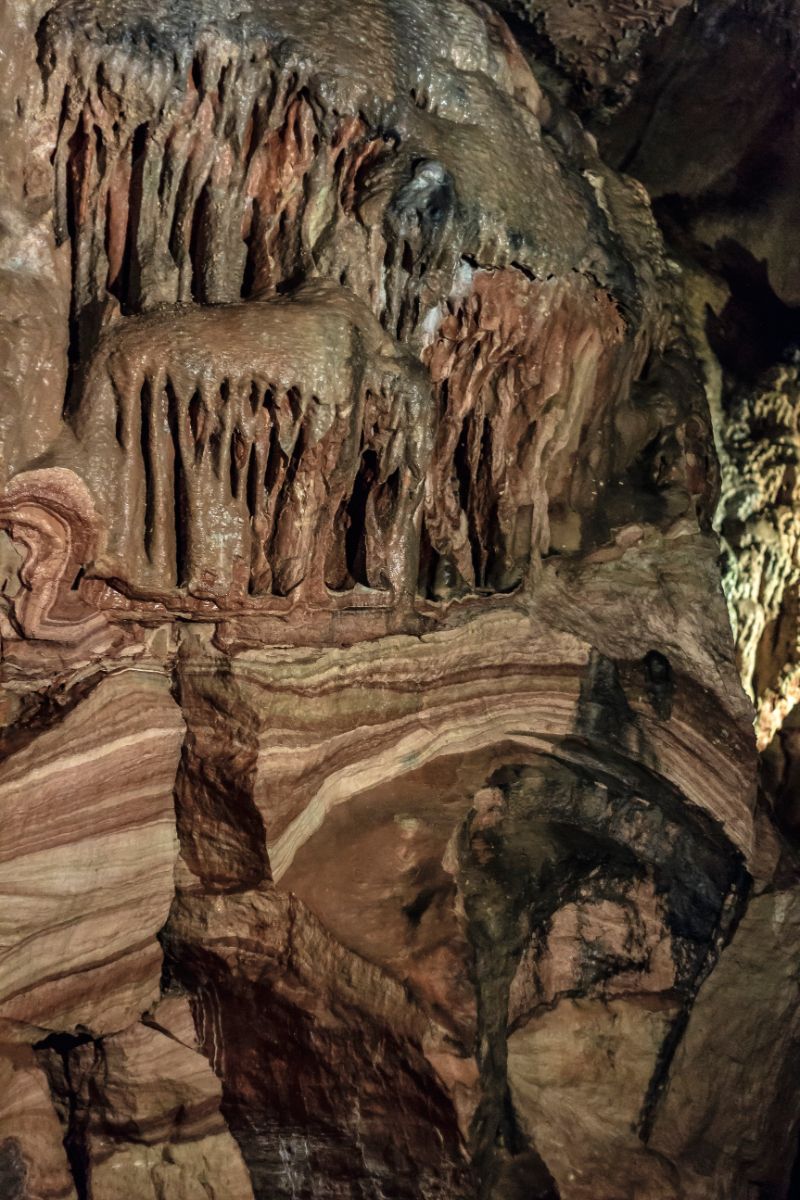
Torbay is listed as a UNESCO Global Geopark due to its dramatic geology, with blue-grey limestone that formed in tropical seas standing beside bold red sandstone from desert conditions, riven with tell-tale signs of huge land upheaval and sea level change that's taken place.
One result of this is the hilltop cave known as Kents Cavern, a long-standing attraction visited by Beatrix Potter and Agatha Christie as children and a prehistoric site of worldwide importance. Now surrounded by houses and gardens, underground a series of caverns contains evidence of Britain’s oldest human settlement, at over 40,000 years old.
We joined a tour group led by Alan. He described how the caves had been carved out by the great speed and force of a river before being gradually pushed upwards leaving it high on a hill, with only rainwater now passing through in slow drips from the gardens above. The cave’s height has made it unusual and it is the only cave in the world known to have been lived in by three different species of early humans.
Understandably, when the last Ice Age left the whole of southern England in permafrost, the steady 14° C of the caves encouraged both people and animals to shelter there, even though they had to share it.
To keep their wild neighbours at bay, early people used fire. Alan gave us a demonstration using scallop shells filled with dry moss and meat fat that work like candles, throwing out a bright light accompanied by vast shadows.
In another cavern we were shown specimens, including a young mammoth’s huge milk tooth, a fang from a scimitar-toothed cat and a human bone complete with hyena gnawing marks. Even with scallop-shell candles, sleep presumably didn’t come that easily! It was peculiar to walk out into the sunny suburbs of Torquay, the hilly rocky gardens of the grand houses taking on a new drama.
From the cave we took the coast path along the top of Anstey’s Cove and through woodland down to an extraordinarily steep road by The Cary Arms, a pub overlooking a small harbour where smoke drifted from chimneys into the surrounding woods.
Sharing the same headland as Torquay, the steepness of the terrain made the busy town centre seem a world away.
Following the foot of wooded cliffs, the path led us round to Oddicombe Bay, where we appreciated the cliff railway, a funicular built in 1926 specifically to take people to the beach. It took us effortlessly back up the hill as we enjoyed the view over the sea. Glorious!
Cycling in Devon
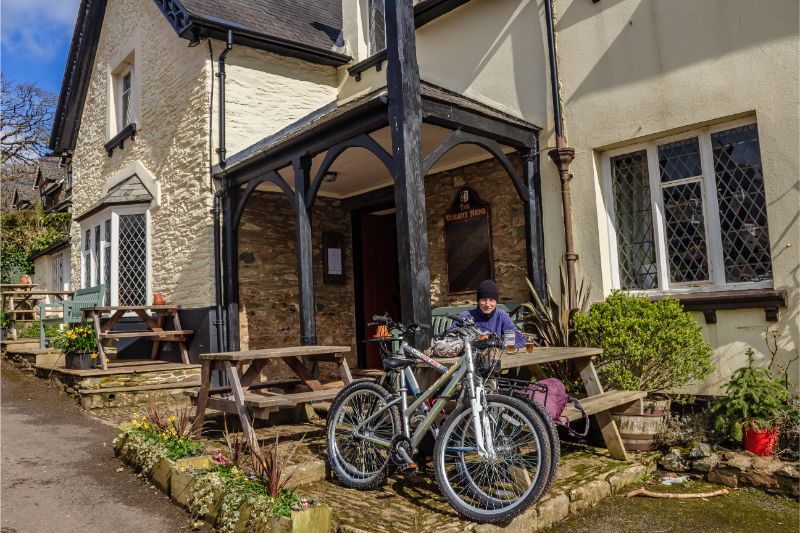 By day three of our trip we’d realised if we hoped to go out on bikes we’d need to find somewhere not only quieter but also less hilly than Torbay itself.
By day three of our trip we’d realised if we hoped to go out on bikes we’d need to find somewhere not only quieter but also less hilly than Torbay itself.
Just inland, the old market town of Totnes had an attractive high street and Norman castle but, most importantly, the Dart Valley Trail. Only around seven miles long, to the north the mostly level route runs to the village of Dartington. However, news of a vineyard to the south meant we felt we could manage a few hills after all!
Climbing up above the town along the green sides of the River Dart, woodland regularly opened out to give us views of the reed-lined river and the hillsides opposite. It was satisfying to find we could fairly easily cycle most of the uphill sections, although one stretch did require us getting off and pushing the bikes.
Devon wine tour
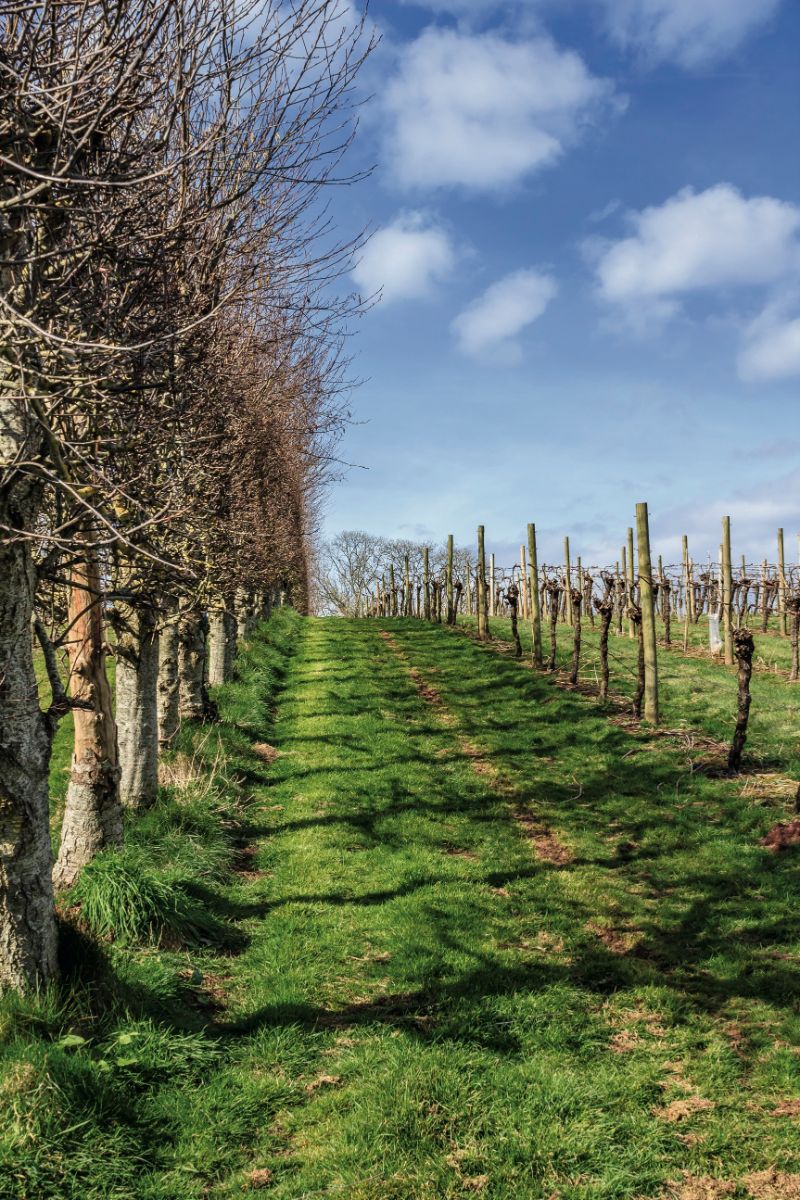 An extra unexpected challenge lay was snow, persisting where the path had been shadowed by hedges. The village of Ashprington had a friendly pub, and we sat outside until it was time for the tour we had booked at nearby Sharpham vineyard.
An extra unexpected challenge lay was snow, persisting where the path had been shadowed by hedges. The village of Ashprington had a friendly pub, and we sat outside until it was time for the tour we had booked at nearby Sharpham vineyard.
Sharpham has been growing vines since the early 1980s, on steep south-facing slopes that drain well and are surrounded by a coiling meander of the River Dart. We left the bikes in the farmyard and were given a map to guide ourselves around the estate.
This centres on a large house built in 1770 by a Royal Navy officer who, during another war with Spain, had inadvertently captured a treasure ship and promptly found himself rich. Early spring is pruning season and the vines were still bare after winter but it was a pleasant walk all the same, especially with the anticipation of trying the wines Sharpham produces.
In the vineyard shop, where a viewing window overlooked some vats and wine-making machinery, we were given four different wines to try. These ranged from light and sparkling to an oaky deep red, and we were talked through them knowledgeably and patiently by Tom.
He ensured that, despite being far from connoisseurs, we had an enjoyable time. Accompanying local cheese and biscuits gave us energy to pedal back up to the cycle path before the longer downhill.
Back to Brixham
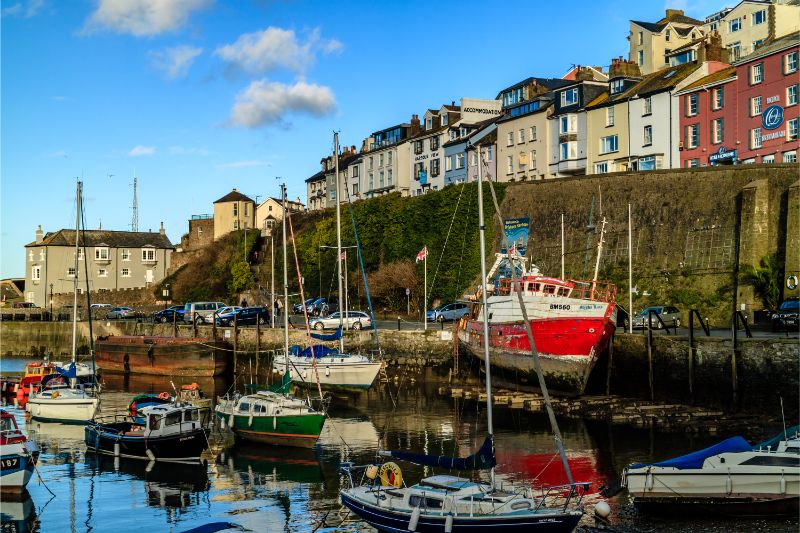 We were spending the last couple of nights of the trip at Hillhead, a well-equipped campsite with a regular bus that ran down to nearby Brixham, a busy fishing town sitting on the opposite arm of the bay to Torquay.
We were spending the last couple of nights of the trip at Hillhead, a well-equipped campsite with a regular bus that ran down to nearby Brixham, a busy fishing town sitting on the opposite arm of the bay to Torquay.
Once there we got our bearings at the inner harbour. It's flanked by hillsides of colourful houses. Then we followed the quayside, where people hosed down yachts and mended fishing equipment.
A few remaining sailing trawlers were preserved in the harbour among present-day fishing boats. In the nineteenth century, when Torquay’s popularity had been booming, Brixham’s sailing trawler fleet was the largest in England. Outcompeted by steamships and, later, losing boats and crew during WWII, the fleet dropped from several hundred to just six boats within a decade.
Part of Brixham’s revival was down to Belgian fishermen, who arrived in the 1940s as refugees aboard their larger and more modern boats and so introduced new technology to the struggling port. This update, along with the conservation of fish stocks and high export demand, means Brixham now lands the highest-value catch of any fishing port in England or Wales.
In 2011, a new fish market opened and this can be visited by anyone up for a 5am start!
Beyond the harbour we continued along the water’s edge, the bay a deep turquoise, and turned up on Berry Head. A nature reserve, this grassy headland is supported by sheer cliffs nearly 200ft high.
A connection with Napoleon
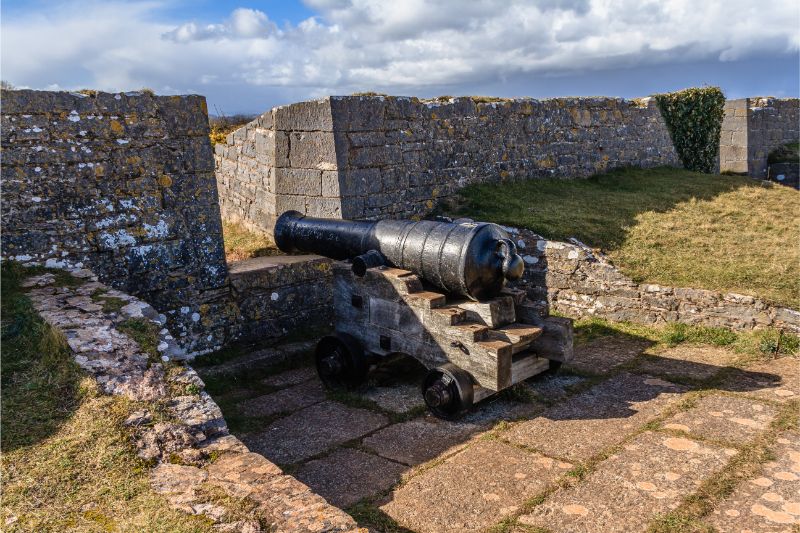 Another striking feature is its angular Napoleonic fort, part of a network of defences along the south and east coast built at the turn of the eighteenth century when Napoleon was busily invading as many countries as he could. Napoleon, who was an incredibly successful commander and a hero in France, was finally defeated in 1815 at the Battle of Waterloo.
Another striking feature is its angular Napoleonic fort, part of a network of defences along the south and east coast built at the turn of the eighteenth century when Napoleon was busily invading as many countries as he could. Napoleon, who was an incredibly successful commander and a hero in France, was finally defeated in 1815 at the Battle of Waterloo.
Captured soon afterwards, he was taken by ship to the nearest British port — Torbay. For a fortnight during that July, Napoleon was kept on board the HMS Bellerophon while the allied forces that had defeated him decided what to do next.
Meanwhile, Napoleon became a willing tourist attraction, filling the inns of the burgeoning resort of Torquay while fishing boats from Brixham took people out on trips to view him. Napoleon complied and came out on deck to pose and wave.
With growing concerns he’d get bored and escape, Napoleon was moved to a more secure base in Plymouth, by which time excited crowds of 10,000 people were recorded as turning out to see him. Shortly after that, Napoleon was exiled to St Helena in the South Atlantic, one of the most remote islands in the world.
Naturally impressive
From a bird hide nestled into a sloping hillside below the fort we viewed hundreds of guillemots and fulmars nesting on inaccessibly steep cliffs, loudly calling over the water. Further along — and daring to go close to the cliff edge — we watched gannets dive for fish. Suddenly there was the dark fin and white-striped flash of a common dolphin; a fantastic end to the day.
Waiting for the bus back to the site as the sun set over the harbour, we reflected on how Torbay had gone beyond our expectations. Often dismissed as a faded resort, its natural situation remains impressive.
It has a fascinating history with involvement in major European events and (even with some snow on the ground) the sun still shone. As for Fawlty Towers, well, that’s one thing you miss out on by staying on a campsite!
Where to stay
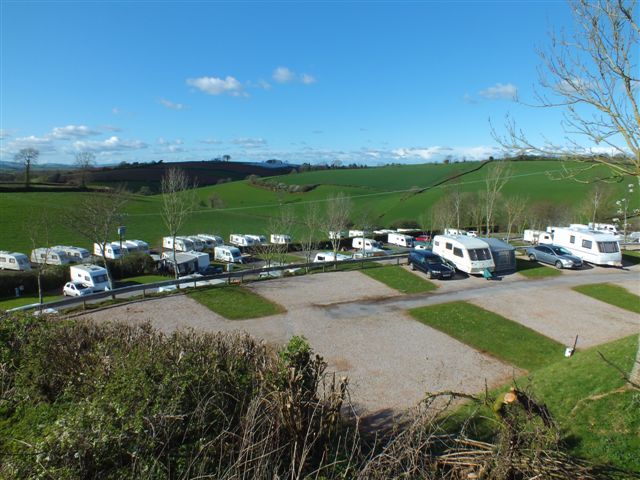
The Ring Road (A380), Compton, Torquay TQ3 1ST
T 01803 558325
W widdicombefarm.co.uk
Open 20 March to 27 October
Price from £16.00
This is family-run, adults-only site is perfect for a couple’s getaway.
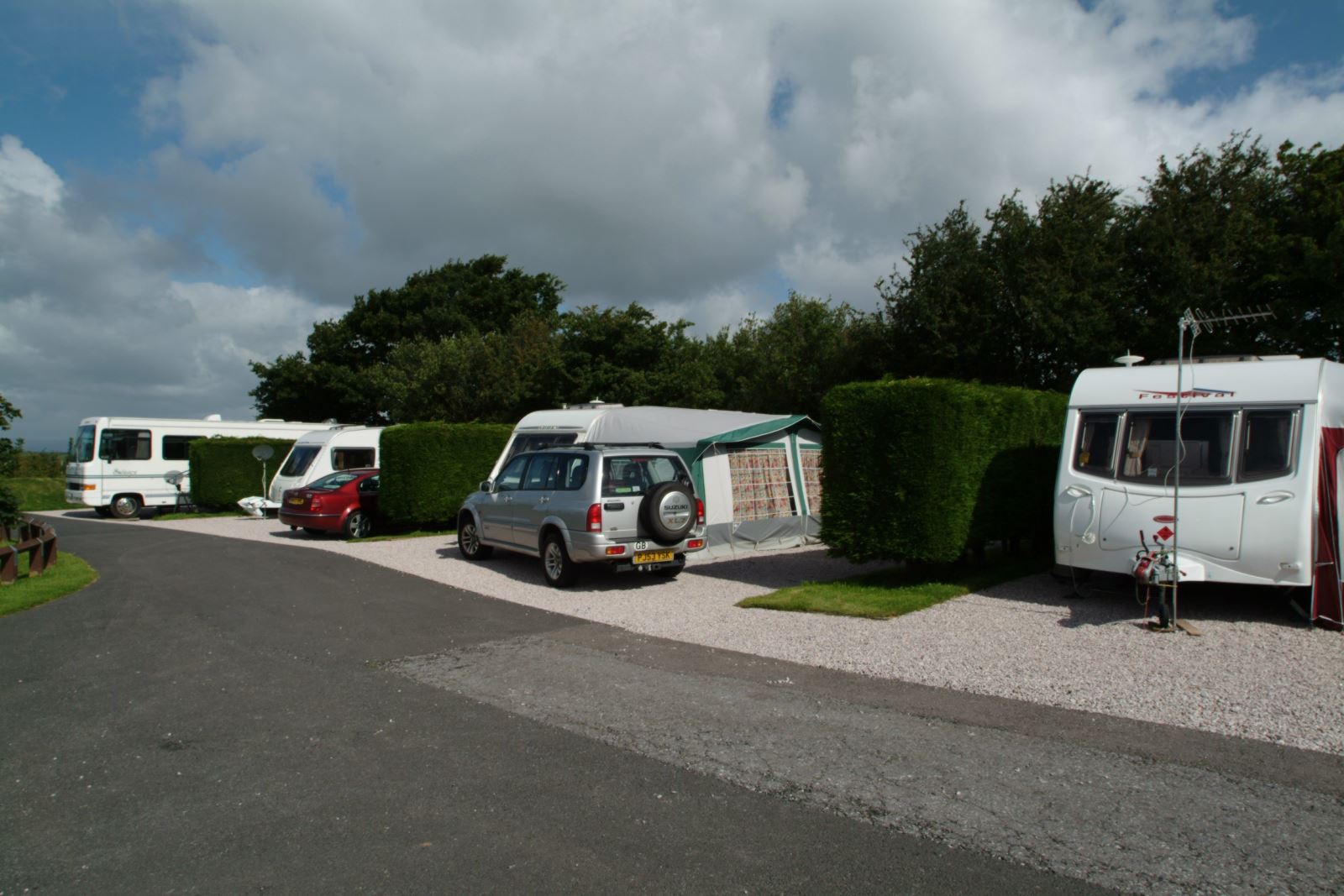 Hillhead Caravan and Motorhome Club Site
Hillhead Caravan and Motorhome Club Site
Hillhead, Brixham, Devon TQ5 0HH
T 01803 853204
W caravanclub.co.uk
Open 15 March to 6 January
Price from £16.20
A well-presented site that has great views and is a favourite with those who love a sandy beach.
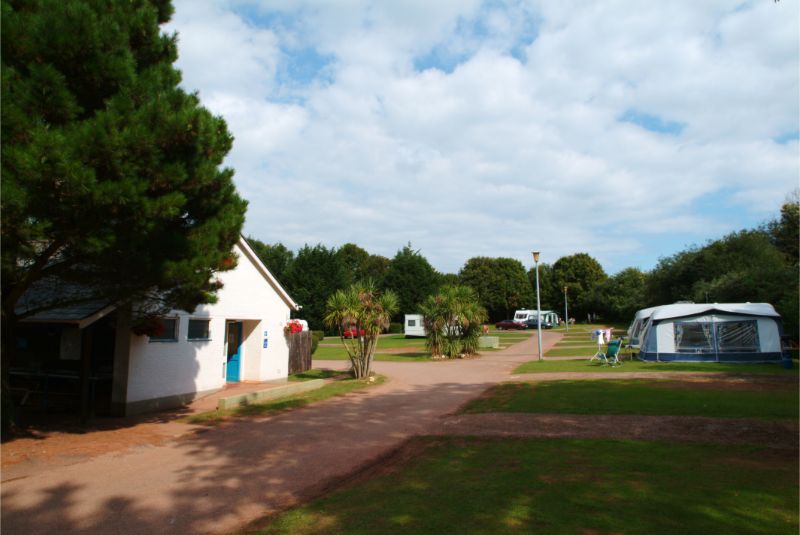 Hoburne Devon Bay
Hoburne Devon Bay
Grange Rd, Paignton TQ4 7JP
T 01425 689774
W hoburne.com
Open March to October
Price From £26
Perfect for lively kids and parents who like to keep them busy and out of trouble.








Recent Updates
Caravan showers: all you need to know
In this guide, we’ll discuss the different types of showers, how they work, and how to fit an external shower point to your caravan ...
Caravan towing: all you need to know
Towing a caravan may seem daunting initially, but a few simple tips can make the journey enjoyable and ...
All you need to know about towbars & towballs
Flange, detachable, swan neck, retractable – towbar technology choice is bewildering. Don’t worry. We’ll ...
Caravan WiFi: everything you need to know
Caravan holidays are the ultimate way of getting away from it all, although we sometimes need a link to the ...
Caravan insurance: all you need to know
Navigating the world of caravan insurance can feel like a daunting task. Fear not, as this comprehensive ...
Buying a caravan: what you need to know
Let us guide you through some of the complicated things to think about when first looking at buying a ...
Caravan awnings: a buyers' guide
Caravan awnings are a fantastic addition to any caravan as they are one of the simplest, quickest and most ...
Caravan electrics: avoid tripping out
All caravan owners have overloaded their mains supply at some time. Here’s how to master caravan electrics ...
Caravan heating systems: a quick guide to caravanning warmth
When winter is here, you’ll be glad of a decent caravan heating system if you’re out touring. Here’s how the ...
Caravan damp: a complete guide
There's little more guaranteed to strike fear into the heart of a caravan owner than the word 'damp'. But if ...
Other Articles
Caravan jockey wheels: the definitive guide
A well-functioning caravan jockey wheel can make all the difference to manoeuvring away from the towcar, especially if you don't have a caravan mover ...
Caravan cooking recipes
Caravan cookery inspirational ideas. No need to stress out in the kitchen with these quick and easy ...
Caravan bike racks: a complete guide
Exploring the beautiful surroundings while on a caravan trip is undeniably one of the greatest joys of the ...
Caravan solar panels: all you need to know
Whether you dream of roaming off-grid or just fancy reducing your carbon footprint, fitting solar panels to ...
The ultimate guide to caravan layouts
Choosing the right layout or floorplan of your caravan is an all-important part of the buying process – find ...
A guide to seasonal caravan pitches
Our in-depth guide to finding and securing seasonal caravan pitches on your favourite campsite ...
Caravan weights and payloads: a quick guide
The terminology of caravan weight – MIRO, MTPLM, noseweight, kerbweight, payload, weight plate upgrade – is ...
The ultimate guide to caravan motor movers
Caravan motor movers: everything you need to know about remote control caravan manoeuvring ...
Caravan cleaning: All you need to know
Whether you’re taking the caravan out for the first time or it’s just in need of a spruce up, our guide will ...
18 essential items for camping with your dog
Camping is for the whole family – including our four-legged members. Here's what you'll need to keep your dog ...